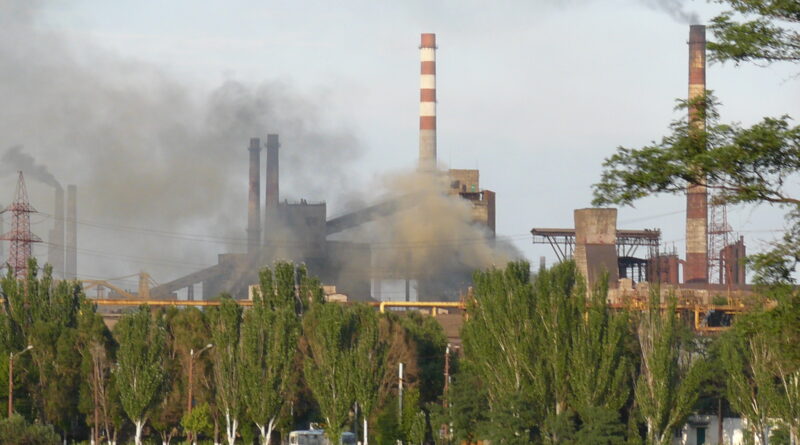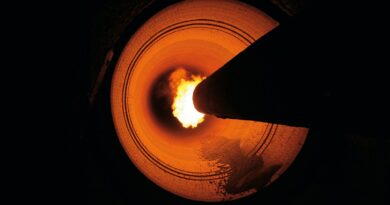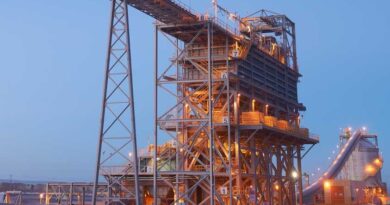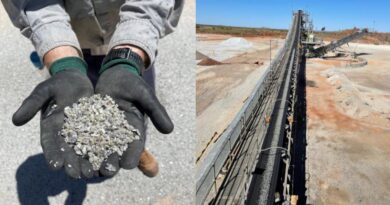It’s time for a multi-pronged attack on emissions in metallurgy and mining
Analysing emissions intensities across different metals and mined commodities unveils a crucial baseline for decarbonisation, and that the global resource industry is on the cusp of a pivotal revolution to reduce direct emissions.
Reducing scope 1 emissions:
While the potential for scope 1 emissions reductions is growing, wholesale changes are not expected to occur before 2030. This period serves as a pivotal phase for establishing a robust foundation for decarbonisation – from mining to metals processing.
This shift will largely involve rolling out the first wide-scale fleets of fossil-free mining equipment while modernising mines, and investigating how to remove carbon from processing to improve smelting and refining efficiencies.
Investments in storage present an avenue to achieve significant progress – especially where carbon is hard to remove from processes. Hydrogen will also begin to get a look as the replacement for carbon in processing, smelting and refining.
Collaboration among industry stakeholders and equipment manufacturers is becoming vital to test and scale up technologies. Early adopters will reap the rewards of higher profit margins as carbon pricing mechanisms drive up prices.
Reducing scope 2 emissions:
Although national electricity grid emission intensities are projected to decline over the next decade, the pace may not be sufficient to meet mining and metal company decarbonisation aspirations.
Many companies are taking the matter into their own hands. Opportunities to lower scope 2 emissions are growing, though it is important to understand the individual risk and rewards. Alternatives to reduce carbon range from direct ownership and operation of power plants to buying carbon credits.
Reducing scope 3 emissions:
Tackling scope 3 emissions, recognised as the most significant challenge, necessitates breaking down barriers and fostering partnerships across value chains.
Early adopters will wield the power to shape the landscape and withstand the pressure of the coming transformative change to the metals and mining space.




